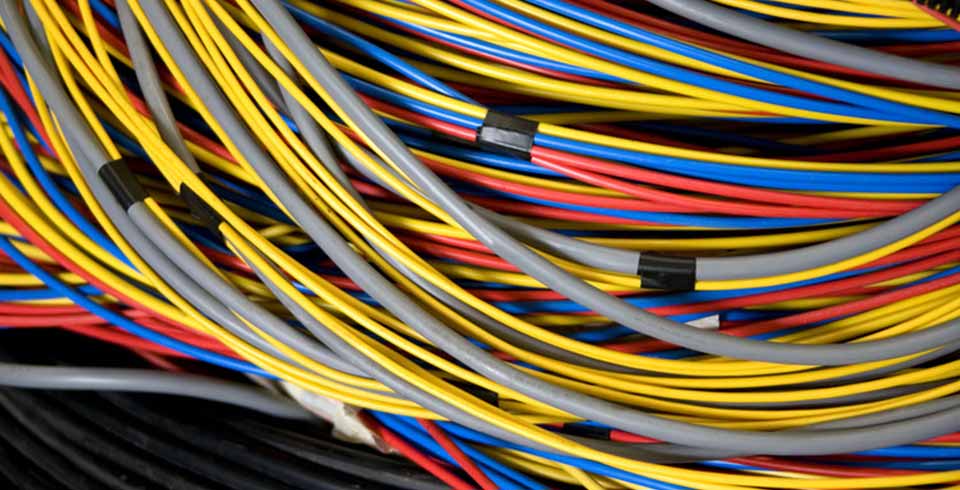
The global supply chain landscape has been undeniably shaken in 2022, with an array of international and domestic factors significantly impacting its stability. Understanding these complexities is crucial to addressing and mitigating supply chain disruptions, particularly in the wire and cable industry.
International Impact on Supply Chains
The COVID-19 pandemic has continued to pose significant challenges to global supply chains in 2022, most notably with a mass lockdown in Shanghai lasting from February to March. China, accounting for 10-12% of global trade and a crucial supplier of copper, aluminum, and steel, witnessed its factories and warehouses coming to a halt. This disruption significantly impacted the global wire and cable industry, and although the situation has since stabilized, the effects lingered.
Moreover, political tensions surrounding Taiwan and the large-scale Russian invasion of Ukraine in 2022 have amplified risks to the international supply chain. The Ukrainian conflict led to a surge in metal prices, given Ukraine and Russia’s significance in the metal market. Furthermore, industrial sanctions enacted on Russia and the forced shutdown of Ukraine’s wire and cable industry due to its geographical position in the conflict zone have compounded supply chain challenges.
Natural Disasters and Climate Change
Climate change-induced extreme weather events are another key factor affecting global supply chains. In 2022 alone, a staggering 250 extreme weather events were reported, impacting raw material production and transport routes.
Domestic Factors
On the domestic front, the United States has experienced a 2% labor decrease since the COVID-19 pandemic outbreak, which, coupled with a rise in transportation and logistics costs, has added strain to supply chains. Insufficient shipping capacity, a worldwide shortage of containers, and frequent port congestion continue to inflate prices.
Moreover, a looming recession anticipated to hit late 2023 to early 2024 could lead to a weaker domestic economy and slower global growth, thereby affecting export sales and further complicating the supply chain situation.
Current State and Future of the Wire and Cable Supply Chain
While raw material prices and inflation have generally stabilized since spring-summer 2022, the supply chain is yet to revert to pre-pandemic levels. Although improvements in lead times are noticeable, market unpredictability and potential global disruptions imply that supply chains need to continually adapt to emerging challenges. Consequently, diversification has become an essential strategy for supply chain resilience.
Strategies to Address Supply Chain Challenges
Despite the complexity of fixing supply chain issues, cable suppliers, distributors, and manufacturers can adopt several strategies to mitigate disruptions. These include improving sourcing and logistics strategies, planning well in advance, maintaining strong relationships with suppliers, and leveraging partners with global facilities. Additionally, businesses can significantly improve their position by diversifying their suppliers, planning their material resources at least six months ahead, implementing a vendor-managed inventory (VMI) program, and preparing for product substitutions. Manufacturers who proactively respond to these issues by increasing capacity tend to fare better in these challenging times.
In conclusion, the supply chain disruptions of 2022 have highlighted the need for companies to continually adapt and innovate to navigate the increasingly complex global landscape. Understanding the international and domestic factors affecting these supply chains is the first step toward developing effective strategies to overcome these challenges.

